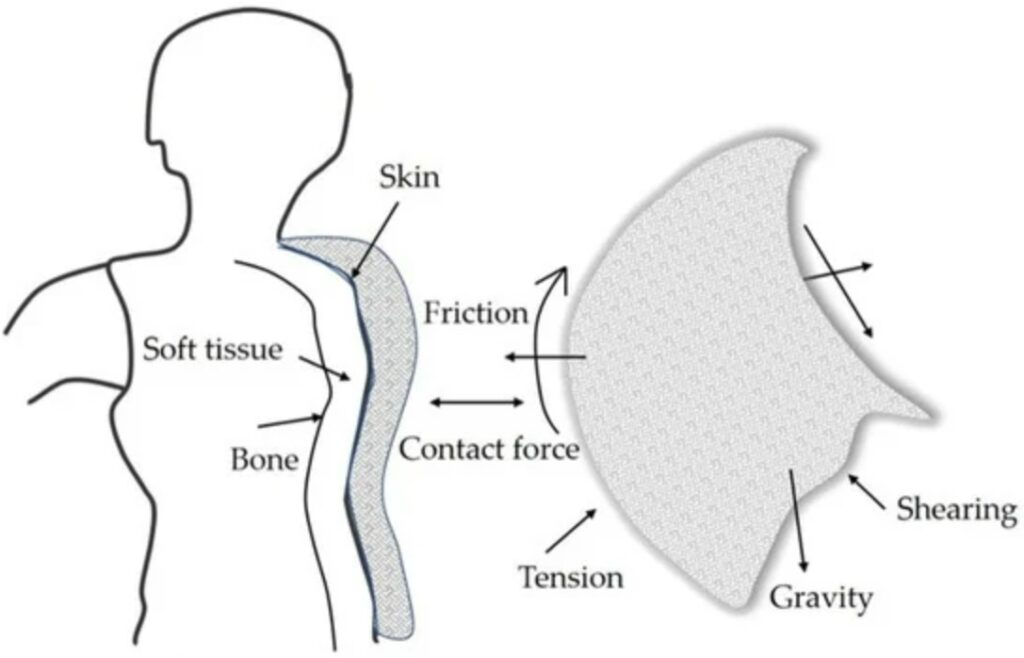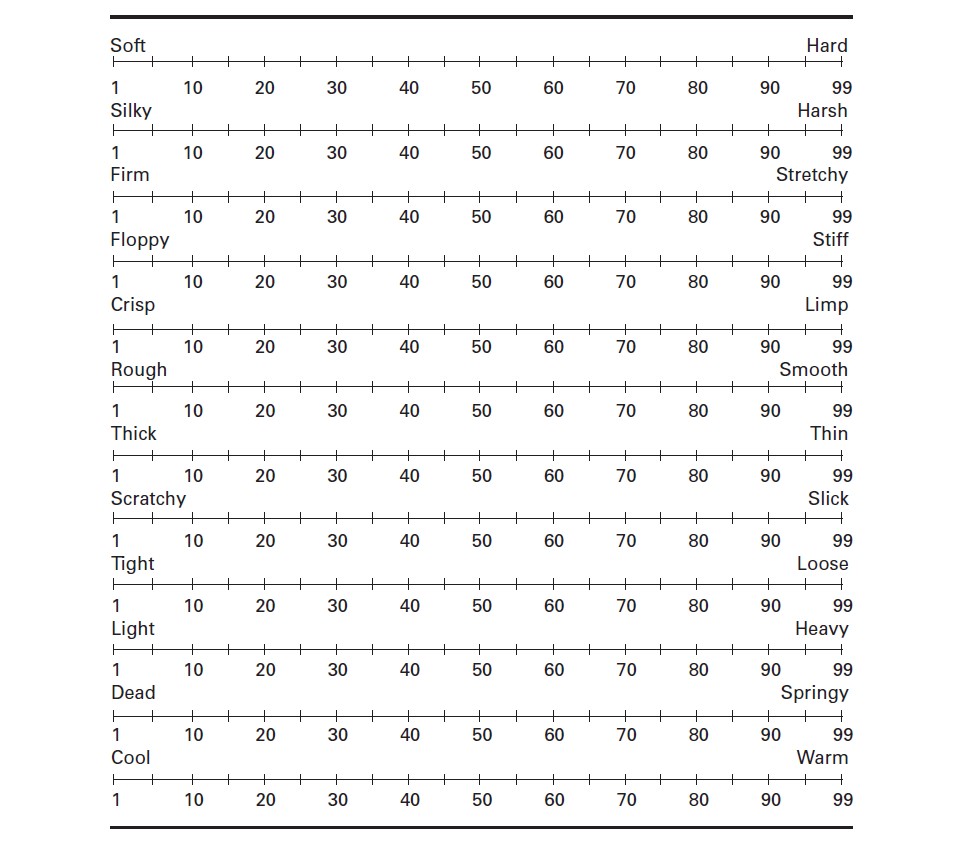
SENSORY BLISS!
Achieving Sensorial Comfort in Intimate Apparel
Intimate apparel is not merely an outer layer of clothing; it’s the second skin that demands the utmost comfort. Whether it’s the functionality of shapewear or the allure of sexy lingerie, the comfort of intimate apparel is a multidimensional challenge. In this blog post, we will explore the essential factors contributing to the sensorial comfort of intimate apparel, focusing on various aspects, including tactile sensation, avoiding skin irritation, and achieving comfortable pressure.

TACTILE SENSATION
The softness, stiffness, and other tactile sensations of fabrics directly influence the wearer’s comfort. Studies reveal that the subjective tactile comfort sensation can be evaluated through descriptors like soft, thin, smooth, warm, dry, light, loose, sheer, stiff, and pleasant tactile sensation. Interestingly, the preferences between men and women differ, with women often favouring sensuous qualities or style versatility, while men lean towards the simplicity of all-cotton fabrics.
AVOIDING SKIN IRRITATION
Intimate apparel, adorned with lace and embroidery for enhanced attractiveness, may inadvertently cause skin irritation, especially for women with sensitive skin. Rough surfaces, edges, and fashion fasteners can trigger adverse skin reactions. To mitigate these issues, innovative sew-free technologies and seamless printing of labels have been introduced. This ensures that the wearer experiences the allure of lingerie without compromising on comfort.
ALLOWING COMFORTABLE PRESSURE
Unlike outerwear, intimate apparel requires a certain level of fabric tension, known as ‘negative ease,’ to provide support and security. The right skin pressure is crucial for comfort, but excessive pressure can lead to discomfort. Studies have recommended specific pressure ranges for different body parts, taking into account body curvature and soft tissue stiffness. Achieving a balance between comforts and shaping effects is vital, as overly tight apparel may have adverse physiological effects.

INNOVATIVE SOLUTIONS FOR SENSORIAL COMFORT
To address the multifaceted challenge of achieving sensorial comfort in intimate apparel, entrepreneurs can explore cutting-edge materials and technologies:
- Seamless Technology: Eliminating seams and stitches is a key focus in enhancing comfort. Moulded cups, thermoplastic polyurethane (TPU) films, heat-activated elastic adhesive tapes, and seamless printing of labels are revolutionising garment construction, offering not only comfort but also aesthetic appeal.
- Smart Fabric Choices: Understanding the relationship between fabric properties and comfort is fundamental. Research indicates that the tactile comfort of intimate apparel is closely tied to the surface properties of the fabric. Entrepreneurs should prioritize materials that offer a balance between softness, breathability, and durability.
- Pressure Mapping Technology: In the quest for optimal pressure levels, emerging technologies like pressure mapping can guide entrepreneurs in designing intimate apparel that adapts to the unique curvature and soft tissue stiffness of different body parts. This personalised approach ensures a comfortable fit without compromising on style.

Achieving sensorial comfort in intimate apparel is a complex yet essential endeavor for entrepreneurs and start-ups in the industry. Tackling aspects like tactile sensation, skin irritation, and comfortable pressure undeniably requires a thoughtful combination of material selection and innovative technologies. As the industry evolves, a commitment to both aesthetics and comfort will undoubtedly set your brand apart in this intimate journey of fashion.
Our journey is still unfolding. In subsequent blog posts, we’ll explore other critical dimensions influencing the overall comfort experience. Stay tuned as we continue to unravel the secrets of achieving thermal, motion, aesthetic and hygienic comfort in the territory of intimate apparel!
